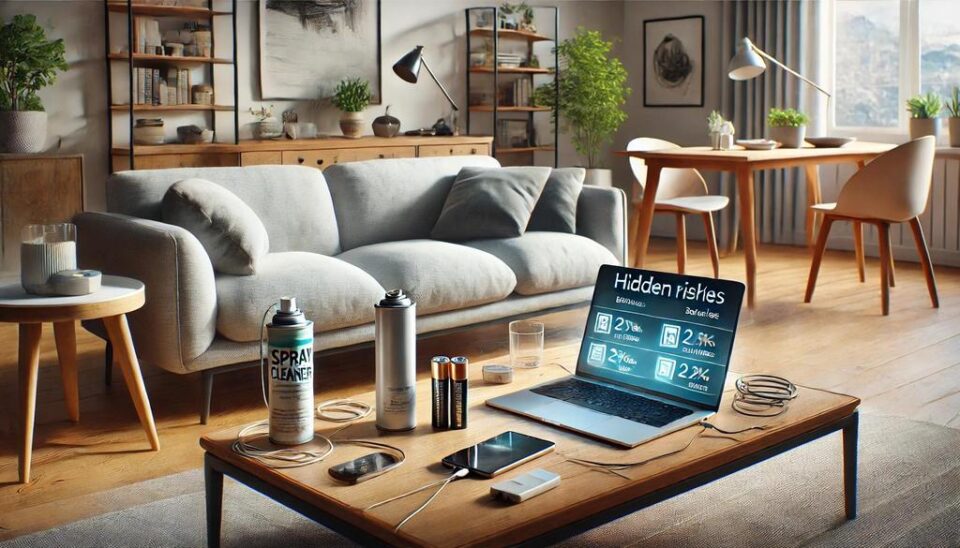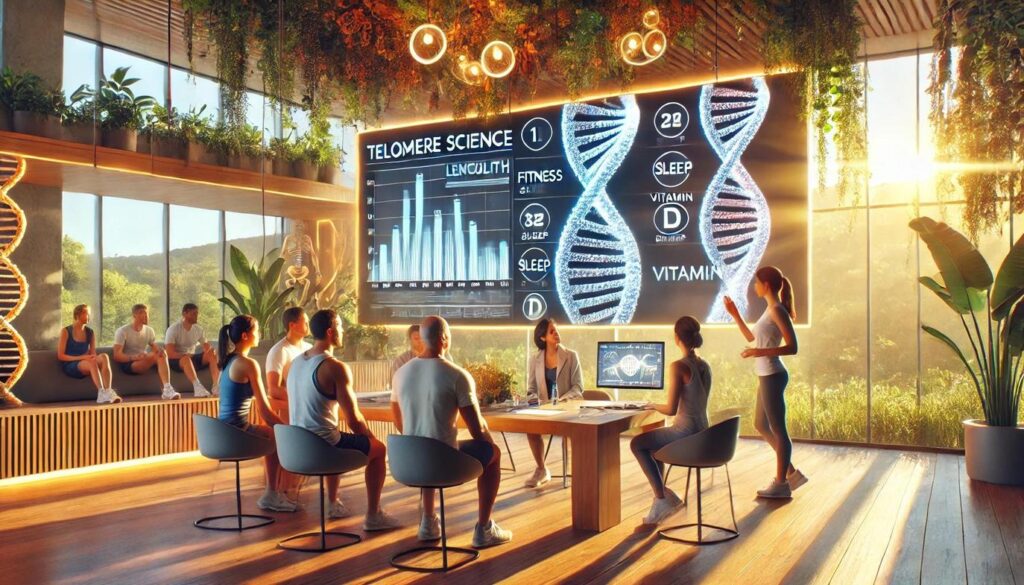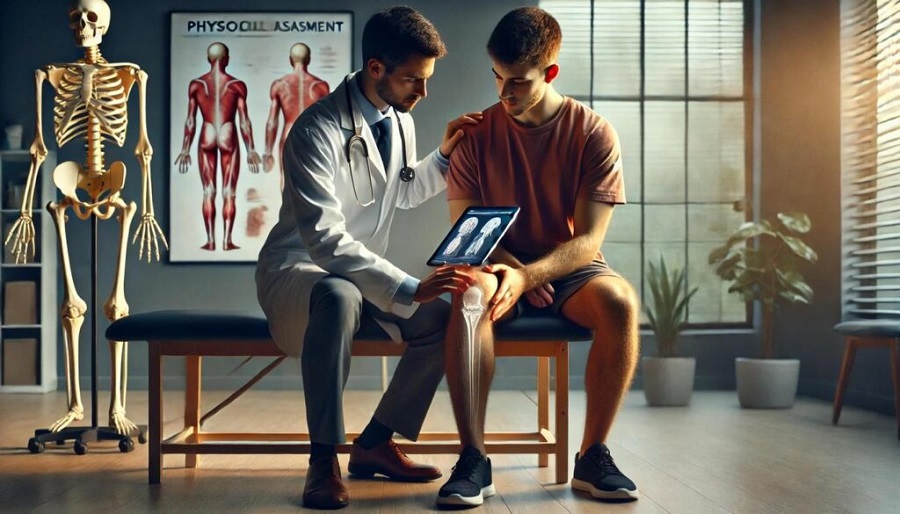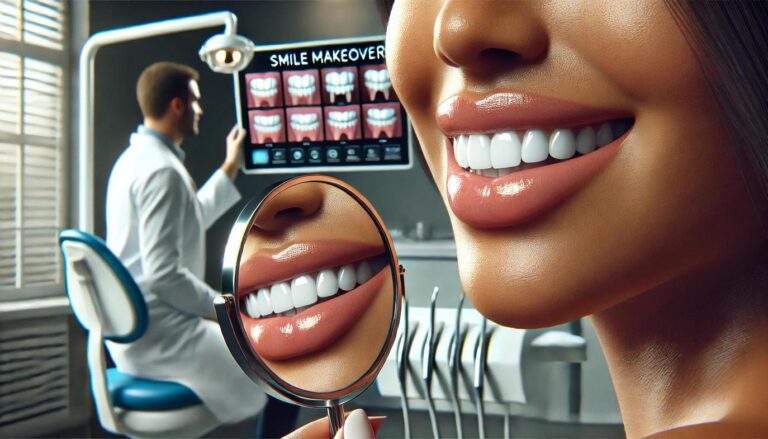Many of the products we use daily promise convenience and efficiency, but hidden within some of these items are risks that can pose significant threats to our health and safety. From chemicals to overlooked design flaws, understanding these hidden dangers can help us make informed decisions and protect ourselves and our families. Here are eight common dangers associated with everyday products and how to avoid them.
The Risks of Chemical Ingredients
Many household and personal care products contain chemicals that can be harmful with prolonged exposure. Items like cleaning supplies, cosmetics, and even non-stick cookware often include substances such as phthalates, formaldehyde, and perfluoroalkyl substances (PFAS). Researchers have linked these chemicals to health concerns ranging from allergies to long-term conditions like cancer. If you’ve suffered harm due to exposure to dangerous chemicals in consumer products, reaching out to a trusted resource such as PKB Law Firm can help you explore your legal options. Avoiding products with harmful ingredients and opting for natural or eco-friendly alternatives is one way to reduce your risk.
Unsafe Packaging and Labeling
Inadequate packaging and misleading labeling frequently go unnoticed, yet they can lead to accidental injuries or poisoning. Household cleaners and children’s products designed with brightly colored packaging can easily be confused with food or beverages, creating significant risks. Additionally, warning labels that lack clarity may not effectively communicate proper usage or potential hazards to consumers.
It is essential to read product labels thoroughly and adhere to the provided usage instructions. Moreover, hazardous items should always be kept out of reach of children to prevent dangerous incidents. When selecting products, prioritize those that feature clear labeling and incorporate child-resistant packaging whenever feasible. This approach not only enhances safety but also fosters a more informed consumer environment.
Hidden Risks in Electronics
Electronics are a staple of modern life, but they come with risks, especially if not used correctly. Lithium-ion batteries, commonly found in smartphones, laptops, and e-cigarettes, can overheat or explode under certain conditions. Similarly, prolonged exposure to blue light from screens has been linked to eye strain and sleep disturbances. To minimize these risks, use chargers and batteries from reputable manufacturers, avoid overcharging devices, and limit screen time by taking regular breaks. Investing in blue light-blocking glasses can also help protect your vision.
Toxicity in Food Storage Products
Plastic food containers, wraps, and bottles can leach harmful chemicals into your food, especially when exposed to heat. Bisphenol A (BPA) and phthalates are two common chemicals in plastics that have been linked to hormone disruption and other health issues. To reduce these risks, switch to glass, stainless steel, or BPA-free options for storing food and beverages. Avoid microwaving or freezing food in plastic containers, as temperature changes can accelerate chemical leaching.
Potential Hazards in Beauty Products
Cosmetics and personal care items like lotions, shampoos, and makeup often contain ingredients that can cause skin irritation, allergic reactions, or even long-term harm. For instance, studies have linked certain talc-based products to serious conditions like ovarian cancer, and parabens and synthetic fragrances are known to disrupt hormones. Reading ingredient lists and opting for certified organic or hypoallergenic products can help you avoid exposure to these hidden dangers.

Furniture and Home Decor Risks
Furniture and home decor items, especially new ones, can release volatile organic compounds (VOCs) into the air. These gases come from paints, adhesives, and treatments used in manufacturing and can lead to respiratory issues or allergic reactions. Flame-retardant chemicals in upholstery and carpets have also been associated with potential health risks. To mitigate these dangers, look for low-VOC or VOC-free furniture and decor, and ensure proper ventilation when bringing new items into your home.
Contaminants in Drinking Water
Many people assume that their drinking water is safe, but the reality is that water supplies can be contaminated with harmful substances such as lead, chlorine, pesticides, and even bacteria. Aging infrastructure, industrial runoff, and agricultural practices can all contribute to water contamination, posing significant health risks. For example, lead from old pipes can leach into drinking water, especially in older homes, potentially causing developmental issues in children and long-term health problems in adults. Similarly, organic matter can react with chlorine and other disinfectants used to treat water, forming byproducts linked to cancer.
Even bottled water, often marketed as a safer alternative, isn’t free from concerns. Studies have found that many bottled water brands contain microplastics, which may have unknown long-term effects on human health. Additionally, the environmental impact of single-use plastic bottles makes this option less sustainable in the long run.
Child and Pet Safety Concerns
Everyday products that seem harmless to adults can pose serious risks to children and pets if not used or stored correctly. Items such as cleaning supplies, medications, small toys, and even certain plants can be dangerous when accessed by curious hands or paws.
For example, brightly colored cleaning products or laundry pods may look like candy to children, leading to accidental ingestion and poisoning. Similarly, household items like batteries and small magnets can become choking hazards or cause internal damage if swallowed. For pets, seemingly innocuous items like chocolate, certain essential oils, or common houseplants such as lilies and philodendrons can be highly toxic.
The materials used in toys can also be a concern. Low-quality or counterfeit toys might contain harmful chemicals such as lead or phthalates, which can be ingested through chewing or licking. Toys with small parts are a significant choking hazard, especially for younger children, while improperly secured batteries in electronic toys can lead to serious health risks if ingested.
Garden products such as fertilizers, weed killers, and pesticides can also pose a hidden danger to both pets and children. Residues on treated grass or plants can be absorbed through the skin or ingested, potentially leading to severe reactions or toxicity. Similarly, antifreeze and other automotive products stored in garages or driveways can attract pets due to their sweet smell but are highly poisonous when consumed.

Unveil the Hidden Risks in Everyday Goods: Steps to Enhance Health and Safety
Understanding the hidden dangers of everyday products is the first step toward reducing risks and making safer choices. By staying informed and taking proactive measures, such as using natural alternatives, reading labels, and seeking professional advice when needed, you can protect yourself and your loved ones from potential harm. With increased awareness, it’s possible to enjoy the convenience of modern products without compromising health and safety.




